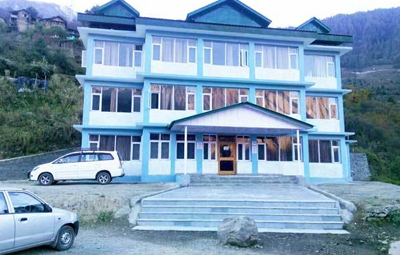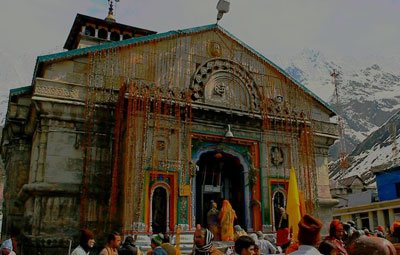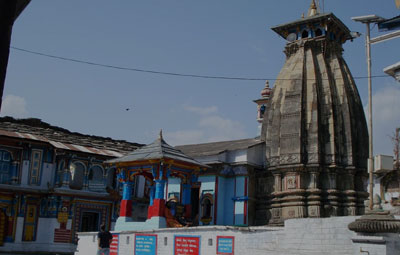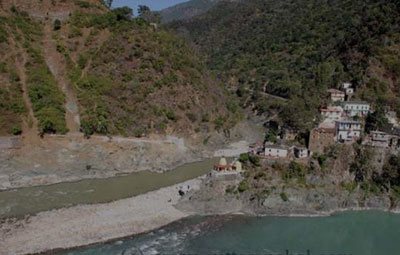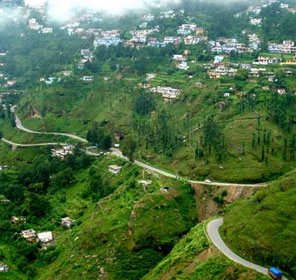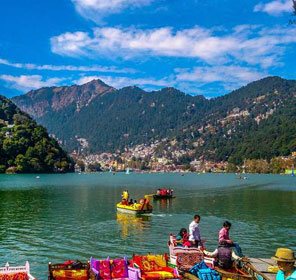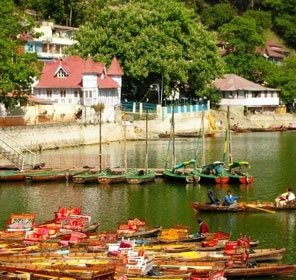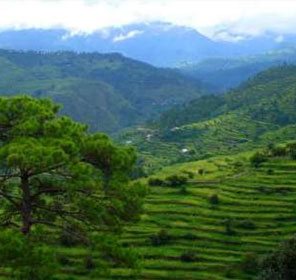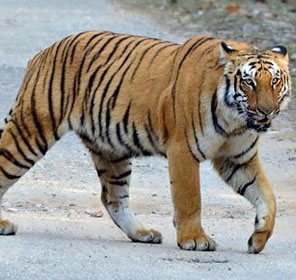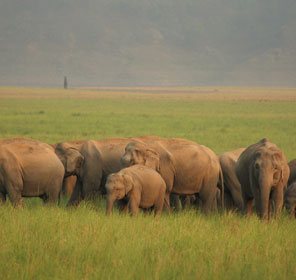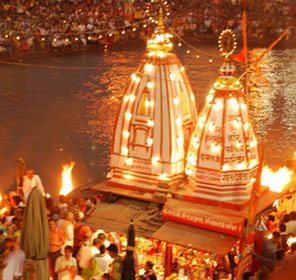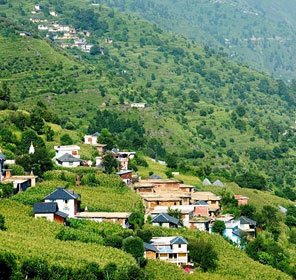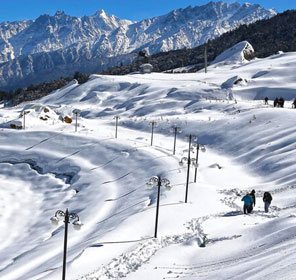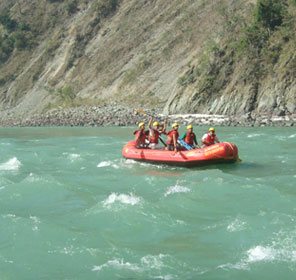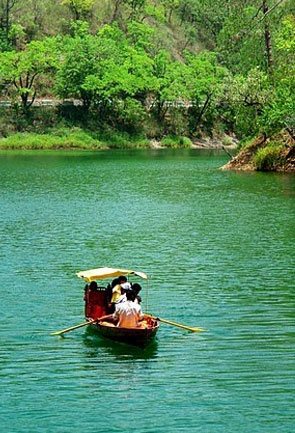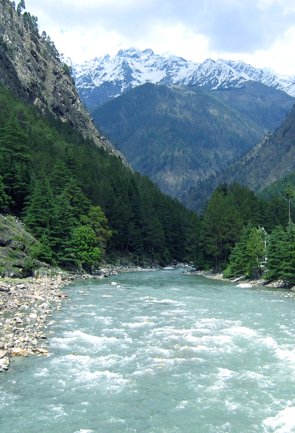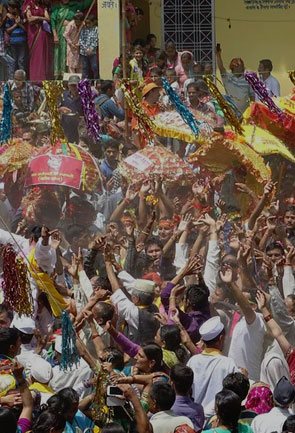Situated at an altitude of 1982 m in the Garhwal Himalayas, Gaurikund is an important Hindu pilgrimage spot that is also the base camp of the trek to Kedarnath. Hindu pilgrims also stop by on their Chardham Yatra to take a dip in the holy water of Gaurikund. This place is named after Goddess Parvati who is also called as Gauri and visitors can also see a temple of the goddess here. According to the Hindu mythology, Goddess Parvati was committed to penance that involved a lot of practices including ascetic and yogic to win the affection of Lord Shiva. The legend has it, Gaurikund is the spot where the Goddess lived while performing all the practices and then Lord Shiva finally admitted his love for her. Triyugi Narayan is a place nearby where it is believed the two got married. Gaurikund is also known to have quite a number of hot springs which are now converted to bathing places for the pilgrims heading especially to Kedarnath. It is also believed that this religious place is the spot where Ganesha acquired the head of an elephant. It happened when Goddess Parvati was bathing in the kund and she fashioned Ganesha from the froth of soap on her body.
She breathed life into him and placed him at the entrance as her guard. Later Lord Shiva was stopped by Ganesha on his arrival. This annoyed him and Shiva beheaded the child which made Parvati sad. She insisted her husband to bring back the child to life. Shiva placed the head of a wandering elephant on the torso of the child and brought him back to life, and this is how Lord Ganesha was given the head of an elephant. If you are a nature lover, there are a lot of reasons that you must visit including the elegant view of the greenery around the kund. Vasuki Ganga which flows from below the kund also adds on the beauty of the view of this place. Gaurikund is located in the midst of the lush green forests offering a picturesque setting and panoramic views. One of the popular religious tourist attractions before the flash flood in 2013, was the hot spring in this place. Due to this disastrous flood, the Kund was erased from its existence and now one can just find a narrow stream of water flowing down from where the Kund used to be.











